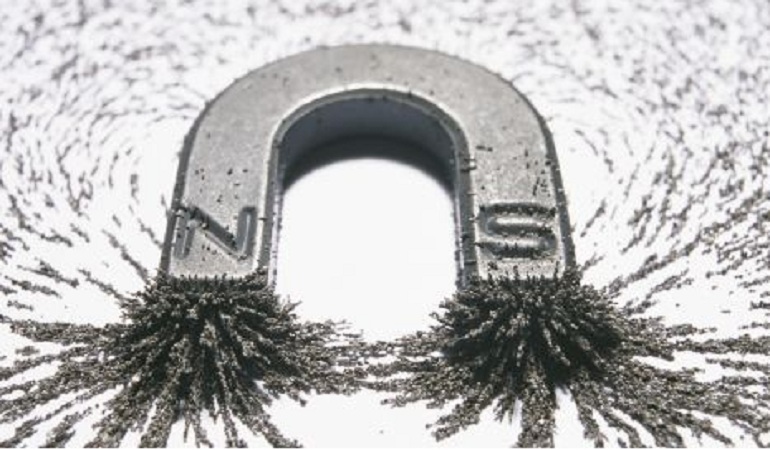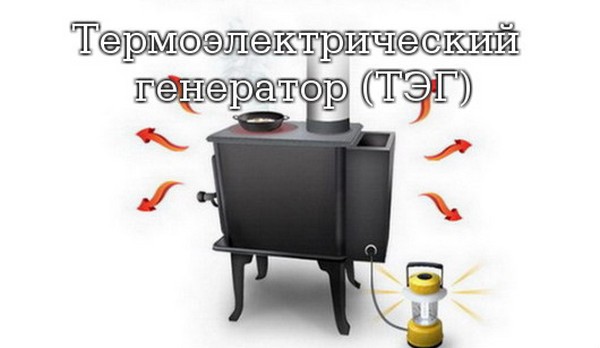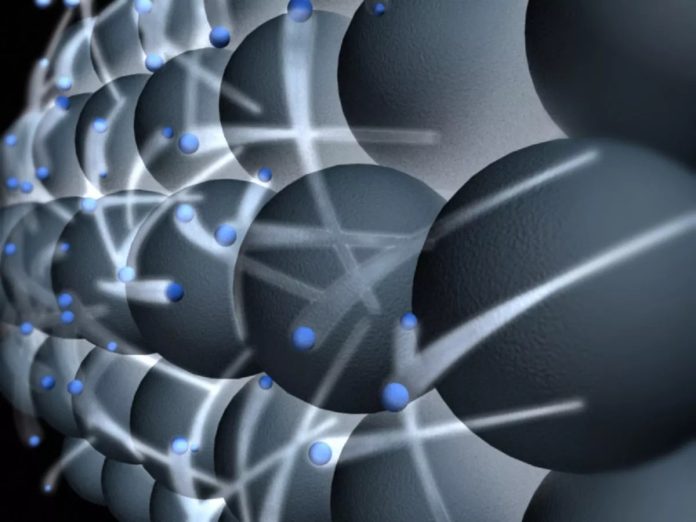Scientists from the Institute for Solid State and Materials Science. Leibniz Dresden (IFW) developed a new magnetic generator to convert waste heat into electricity. Due to the thoughtful arrangement of the components, it was possible to increase the electrical current output by an order of magnitude. Thus, thermomagnetic generators correspond to a suitable technology for the extraction of electrical energy from waste heat.

Many processes in everyday life and in industry generate waste heat that is not hot enough to be used effectively. As a rule, it is discharged into the environment unused, for example, in the case of large IT servers or at the exit of a power plant. So far, there are few ready-to-use technologies for converting this low-temperature heat into electricity. High hopes are placed on so-called thermoelectric materials, in which electrical voltage can be generated directly from the temperature difference of the material.
Electricity from temperature changes
Another possibility is the use of thermomagnetic generators. They use the fact that the magnetic properties of some alloys are very temperature dependent. Such a material is, for example, an alloy of elements of lanthanum, iron, cobalt and silicon, which until now has been used for magnetic cooling. At temperatures below 27 degrees Celsius, the material is magnetic, and at higher temperatures – non-magnetic.
If the material is alternately brought into contact with warm and cold water, the magnetization of the material is constantly changing. This, in turn, causes the imposition of a voltage in the wound coil, which can be used for the consumer. This principle of thermomagnetic generators was developed over a hundred years ago. However, the output has so far been significantly lower than that of thermoelectric generators, although theoretical calculations show that much greater results must be achieved.
Productivity is now improved by an order of magnitude
Thanks to the well-thought-out arrangement of the individual components, scientists from IFW Dresden, in cooperation with TU Dresden and the Federal Institute for Materials Science (BAM) in Berlin, have improved the performance characteristics of thermomagnetic generators by an order of magnitude. They used a magnetic circuit of two magnetic sources and two elements of a thermomagnetic alloy.

The individual components are connected to the magnetic conductive material, which is wrapped in a coil in two places. The cold and warm alternating bath of thermomagnetic elements now causes them to alternately conduct or interrupt the magnetic flux. This leads to a constant change in the magnetic flux in the circuits, as a result of which an electrical voltage is induced in the coils.
With a voltage of 0.2 volts and a power of 1.24 milliwatts, the new thermomagnetic generator is not only several orders of magnitude better than its predecessors, but also turns into a possible alternative to thermoelectric generators. In addition, the authors still see many opportunities to further optimize these key figures. They are very confident that improving the thermomagnetic generator will make this technology breakthrough.


